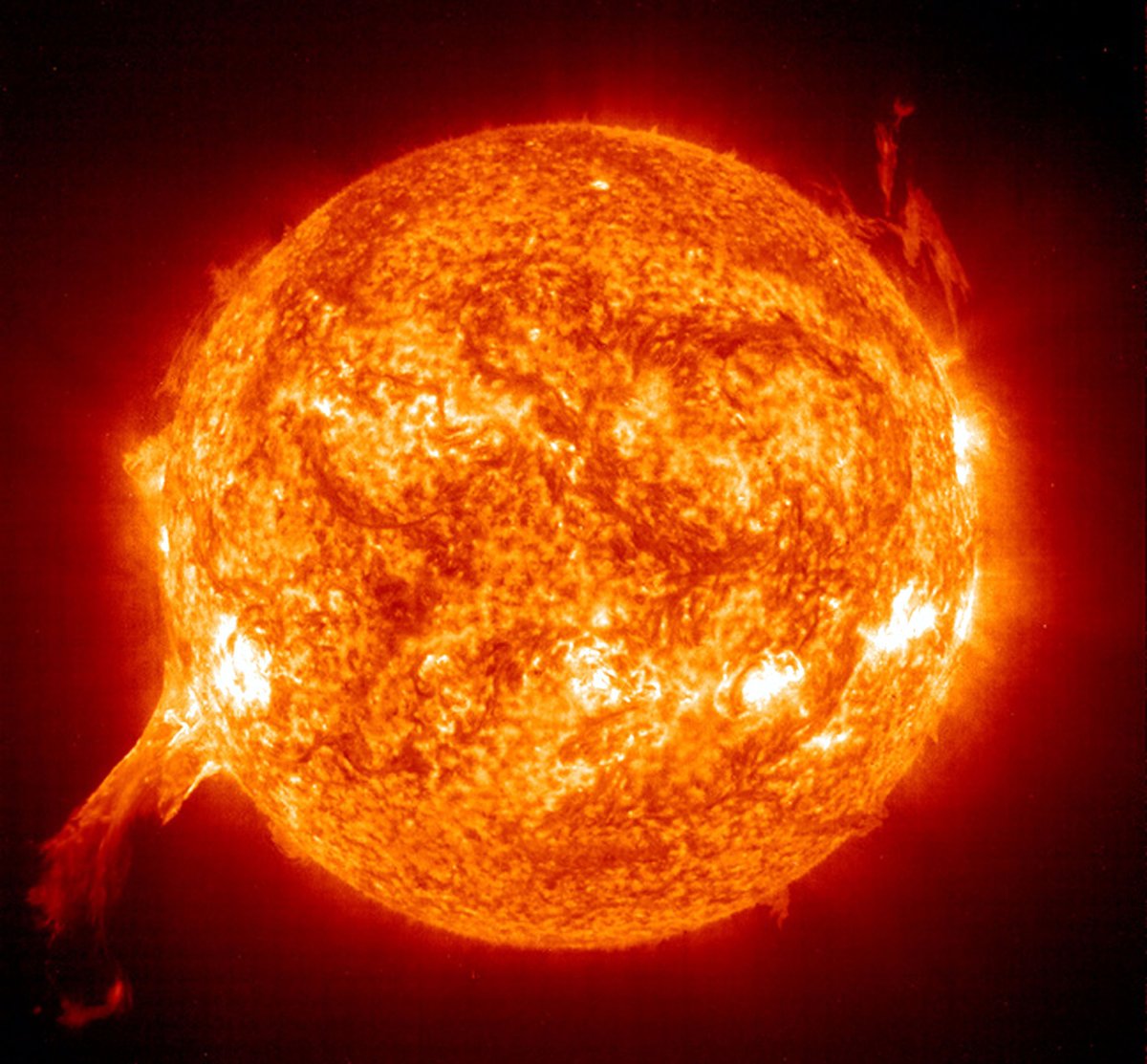Massive Solar Storm Removed Earth’s ‘Tail’ and Gave It Wings Instead

NASA Space Technology
An overwhelming solar burst from the Sun hit the Earth hard enough to change its entire magnetic field, researchers have found.
Astrophysicists at NASA‘s Goddard Space Flight Center detected an explosion originating from April 2023 that disturbed its natural magnetosphere for two hours.
Similar to a supersonic jet being pelted by intense high-speed winds, Earth is perpetually bombarded by a stream of charged particles from the Sun, known as solar wind.

Usually, the Earth moves throughout the solar system with a magnetic field shaped like a tail at its nightside during interactions with solar wind. Experts often compare the shape to a windsock.
During this event, Earth’s typical magnetic tail was replaced by wings.
Observations from NASA’s Magnetospheric Multiscale Mission (MMS) establish how this could be.
This was a result of a rare phenomenon during a coronal mass ejection (CME)—where large-scale outbursts of plasma and magnetic energy erupt from the Sun’s corona, the outermost part of its atmosphere. At over 1.8 million degrees Fahrenheit, the corona is multitudes hotter than the Sun’s surface
The wings are named after the Swedish physicist Hannes Alfvén, who made significant contributions to the understanding of plasma physics.
During the unique transformation, they formed a conduit linking the magnetosphere to the CME. This connection facilitated the transfer of plasma between Earth and the Sun.
CMEs can travel from the Sun at speeds ranging from less than 155 miles per second (mi/s) to nearly 1900 mi/s.
The fastest CMEs directed at Earth may arrive in just 15-18 hours, while slower ones might take several days.
As they move away from the Sun, CMEs expand in size, and larger ones can reach dimensions that cover nearly a quarter of the distance between Earth and the Sun by the time they reach our planet.
This unique event indicates solar wind produced fluctuations in the atmosphere that are faster and more dense than previously understood.
Billions of tons of coronal material would have been expelled to an anomalous extent, as the Earth’s newly-formed wings interacted with intense solar winds.

The discovery of this CME provides valuable insights into the formation and evolution of Alfvén wings.
It has been suggested that such processes may also occur around other magnetically active bodies in our solar system and beyond.
The researchers propose that similar Alfvén wings might explain aurorae on Jupiter’s moon Ganymede and suggest investigating if Earth experiences similar auroral phenomena linked to Alfvén wings in the future.
This study was originally published in Geophysical Research Letters.
Do you have a tip on a science story that Newsweek should be covering? Do you have a question about space? Let us know via [email protected].
Discover more from Tamfis Nigeria Lmited
Subscribe to get the latest posts sent to your email.



 Hot Deals
Hot Deals Shopfinish
Shopfinish Shop
Shop Appliances
Appliances Babies & Kids
Babies & Kids Best Selling
Best Selling Books
Books Consumer Electronics
Consumer Electronics Furniture
Furniture Home & Kitchen
Home & Kitchen Jewelry
Jewelry Luxury & Beauty
Luxury & Beauty Shoes
Shoes Training & Certifications
Training & Certifications Wears & Clothings
Wears & Clothings
















